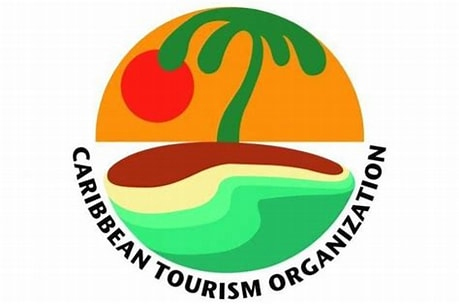The recent destructive rampage across parts of the Caribbean by Hurricane Beryl would appear to have done nothing to dampen the enthusiasm of Caribbean countries in their pursuit to continue to take measures to promote their tourism ‘offerings.’ Weeks after the Hurricane had made its unwelcome presence felt to telling effects in the region the Caribbean Tourism Organization (CTO) was sitting down at its State-of-the-Industry Conference in the Cayman Islands seeking to set aside the travails of the Hurricane and to focus instead on a report on the forum which has as its focus discourses centred around the theme: “Tourism growth – in land and sea visitor arrivals, accommodations development and infrastructure building.”
If one might have felt that the Caribbean would allocate more time to licking its wounds and contemplating the toll that Beryl had taken on the physical infrastructure and wider economies of the respective Caribbean countries, it appeared, according to the report that the region, as a whole, was much more concerned with the State of the Industry. Nor, it seemed, that the unquestionable devastating toll that Beryl took on the region appeared to unduly preoccupy the forum. The meeting, it appeared, preferred to focus on the fact that a number of named countries in the region, including the Cayman Islands, the conference’s host nation, Anguilla, Antigua and Barbuda, Barbados and the U.S. Virgin Islands all reported “increased year-over-year visitor arrivals growth.”
 The forum learnt that first-half cruise arrivals for countries in the region whose economies rely heavily on the cruise sector for 2024 were higher while tourism officials from across the region provided updates on new and continuing expansion projects at air and cruise ports. The direction of the discourses at the State-of-the Industry Forum appeared designed to offer a measure of respite which, in the wake of Beryl’s rampage, prior to the forum, had been processing an assortment of grim reports focusing on the level of economic and social dislocation that Beryl had brought to the region.
The forum learnt that first-half cruise arrivals for countries in the region whose economies rely heavily on the cruise sector for 2024 were higher while tourism officials from across the region provided updates on new and continuing expansion projects at air and cruise ports. The direction of the discourses at the State-of-the Industry Forum appeared designed to offer a measure of respite which, in the wake of Beryl’s rampage, prior to the forum, had been processing an assortment of grim reports focusing on the level of economic and social dislocation that Beryl had brought to the region.
Newly elected CTO Chairman, Cayman Islands Minister of Tourism Ian Gooding-Edghill asserted in his address to the forum that the ravages of Beryl notwithstanding, this was “a critical time for tourism in the region” given the post-Beryl “new and increased airlift and cruise calls” to the various destinations in the region. What the recent forum would also have done was to provide information which suggests that the ravages of Beryl are unlikely to diminish the enthusiasm of the region for the expansion of its tourism product.
The recent CTO forum also afforded the region’s tourism industry opportunities to identify and underline various significant gains for the sector… like the fact that some of the smaller islands in the region including the Cayman Islands, Anguilla, Antigua and Barbuda, Barbados and the U.S. Virgin Islands reported increased year-over-year increase in visitor arrivals. What the recent CTO forum also appeared to indicate is that Beryl failed to place serious doubts in the minds of either visitors or investors in the matter of the worthwhileness of the Caribbean either as a favoured tourism destination or as a worthwhile haven for tourism.
The report on the Conference quoted Antigua and Barbuda Tourism Authority Chief Executive Officer Colin James as saying that a number of foreign airlines including American Airlines, JetBlue, Delta, United and WestJet are expanding and increasing connectivity in the region. Beyond that, “Cruise arrivals also trended higher, as 561,485 travelers arrived at Antigua and Barbuda aboard cruise ships, a 28 percent year-over-year increase.”
While the deliberations at the recent CTO forum paint a far less than dismal post-Beryl picture of the Caribbean’s tourism industry it strongly suggests that if the region is to continue to attract both extra regional investment and visitor arrivals to its tourism sector it will be required to become more involved in external discourses with developed countries on issues that include climate mitigation (as a means of, hopefully, rolling back the worst effects of climate change) as well as strengthening physical infrastructure to render the region’s tourism industry less vulnerable than it is at this time to the ravages of devastatingly hostile weather patterns.









